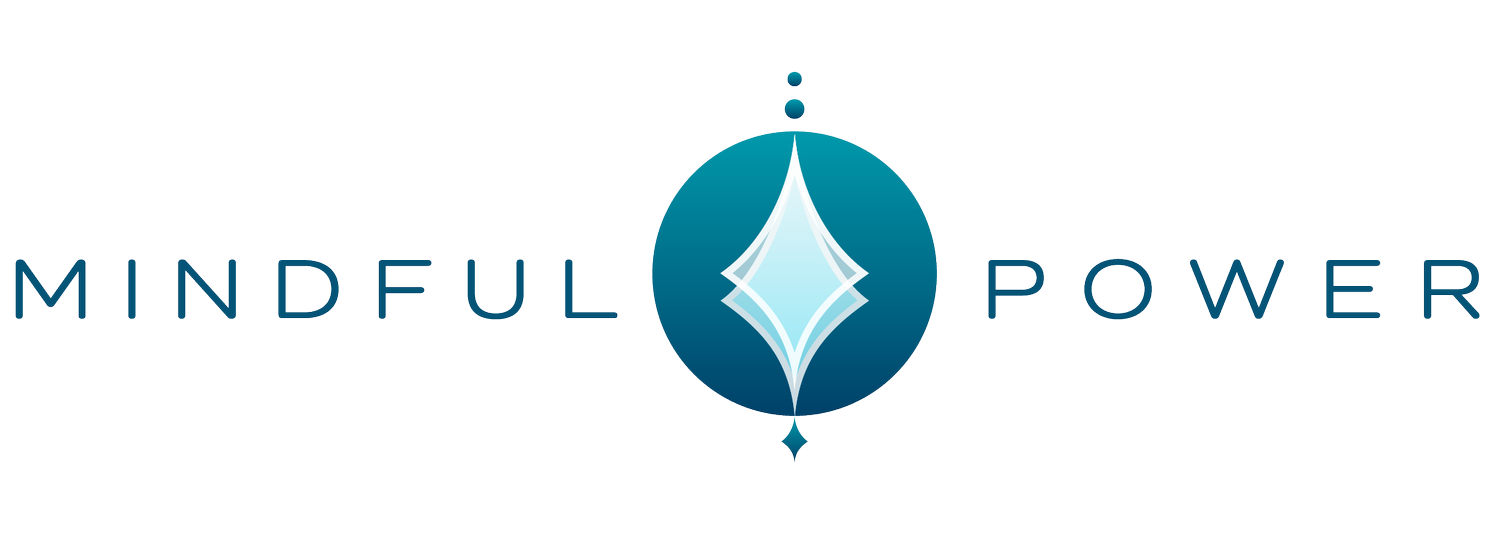“Justin, how did you end up doing this?”
On my favorite days, I find myself leading a meditation with stressed-out professionals, delighted by the willingness of relative strangers to trust my lead, to venture into their emotions and inner selves. As we get to know each other, I’ll divulge parts of my own life story–hyper-competitive, self-abusing athlete, burned-out advertising copywriter, directionless twenty-something–in part to assure them I am not, and never have been, a monk. I know their pain.
Inevitably, one of them will ask: “How did you end up doing this?”
It’s a good question, and a long story. Here’s the short version.
Hyper-competitive, self-abusing athlete
Growing up in suburban Detroit, sports were a great way for an action-seeking kid to stay out of trouble, and I eventually played tennis for the University of Wisconsin, where staying out of trouble during daylight hours was even more valuable. In a hyper competitive one-on-one sport, you learn that your body and mind are capable of almost anything, with enough training. You learn that you can push limits and ignore pain. What you do NOT learn is self-compassion, empathy, balance, or introspection. But hey, there’s always therapy.
The Dark Art of Advertising
My first career was in the creative department of a major advertising agency. This is a great job if you’re a former college athlete who wants to work hard, play hard, and to get paid by Fortune 500 companies to hang out in production studios. This is NOT a great job if you seek creative fulfillment, making the world a better place, or any form of health. I did have a wonderful mentor named Dan, from whom I learned almost everything I know about translating ideas into words. After five years, burned out and personally disoriented, I quit in hopes of applying the dark arts to something other than selling cars. I spent the next few years coaching tennis and freelance writing.
Meditation, Mindful Power
At age 30, restless, directionless, and vaguely aware that I was sad inside or something, I signed up for a 10-day silent meditation retreat. It was the longest tennis match of my life (metaphorically speaking), and the opponent was me. Over a decade later, I still can’t quite describe how it re-wired my nervous system, and reshaped my understanding of the mind and what it means to be human. Words fail me. Sorry, Dan.
What became instantly clear, however, was that it was a superior, three-thousand year-old technology for self-awareness, processing stress and adversity, and developing focus, compassion, and every trait you could possibly want in a pill. If my stubborn, restless, emotionally disconnected mind could be retrained, anyone’s could.
I completed my second ten-day retreat in 2012, and emerged with a plan to begin training athletes, educators, and organizational leaders. I devoured research on neuroscience, and I met a yoga teacher and former school teacher named Jen Clifden, and we started Mindful Power. To my unending surprise, stressed-out professionals have welcomed and adopted meditation-inspired practices, fearlessly approached their inner worlds, and this three-thousand year-old technology continues to spread and impact lives.
Research
As the work of Mindful Power evolved, I became more acutely aware of the relationship between the challenging conditions of the people I worked with, and the condition of the larger human systems we all work and live within. I realized I needed a more thorough understanding of human development and a broader theory of change. So at age 37, after multiple career changes and starting a business, I decided to make my life even harder.
In my doctoral studies at the University of Minnesota, the Human Factors & Ergonomics program allowed me to incorporate diverse disciplines such as educational psychology, sociology, design, and behavioral science. While at the University, I also had the chance to do leadership and professional development work with climate researchers at Institute on the Environment, lead community engaged research projects at the Center for Urban and Regional Affairs, and teach social impact design in the College of Design. My doctoral work ultimately focused on collaborative problem solving, utilizing video-based methods that allowed me to capture, among other factors, the role of attention in the human learning experience.
Mindful Power 3.0, Still Point Insight
The world is changing quickly, and so are the needs of the people I work with. More and more people are feeling compelled to put their skills to impactful use, to address the civilization-scale challenges they see around them. The purpose guidance work that I do now, Guided Wayfinding, has been directly inspired by interactions with Mindful Power clients and collaborators, and has pushed my studies of human consciousness and the contemplative arts into new realms, as we all acknowledge our potential to do great human service and grow beyond our assumed boundaries of self.
Still Point Insight, a partnership with University of Minnesota colleague Ian Williams, is taking this human service work to the organizational level, helping mission-driven organizations optimize their operations & strategy, their work culture, and their environmental impact.
So, how did I end up doing this? It’s a long story, and I’m still not sure I can explain it. But if my path can unfold like this, there is hope for all of us.




